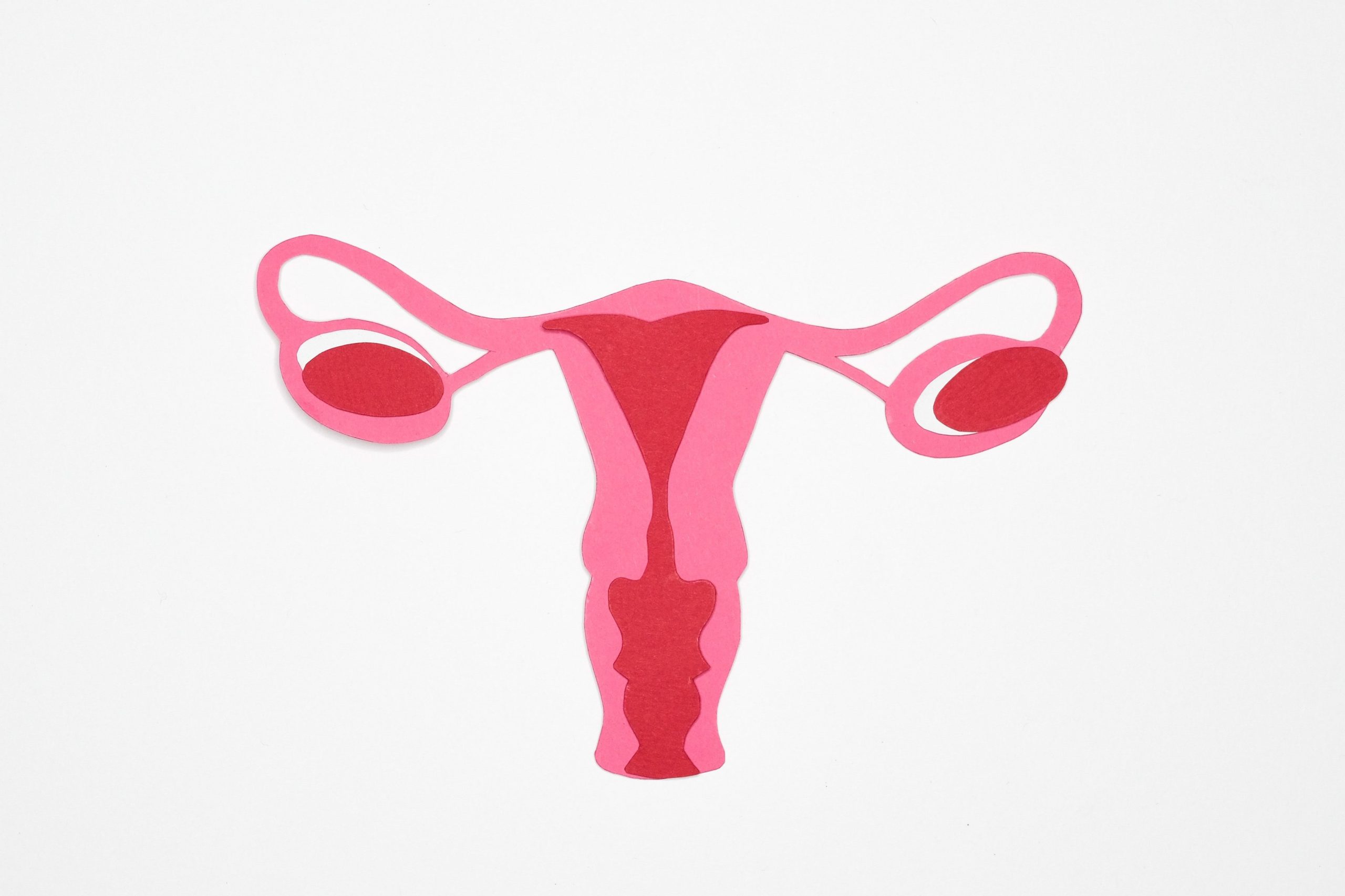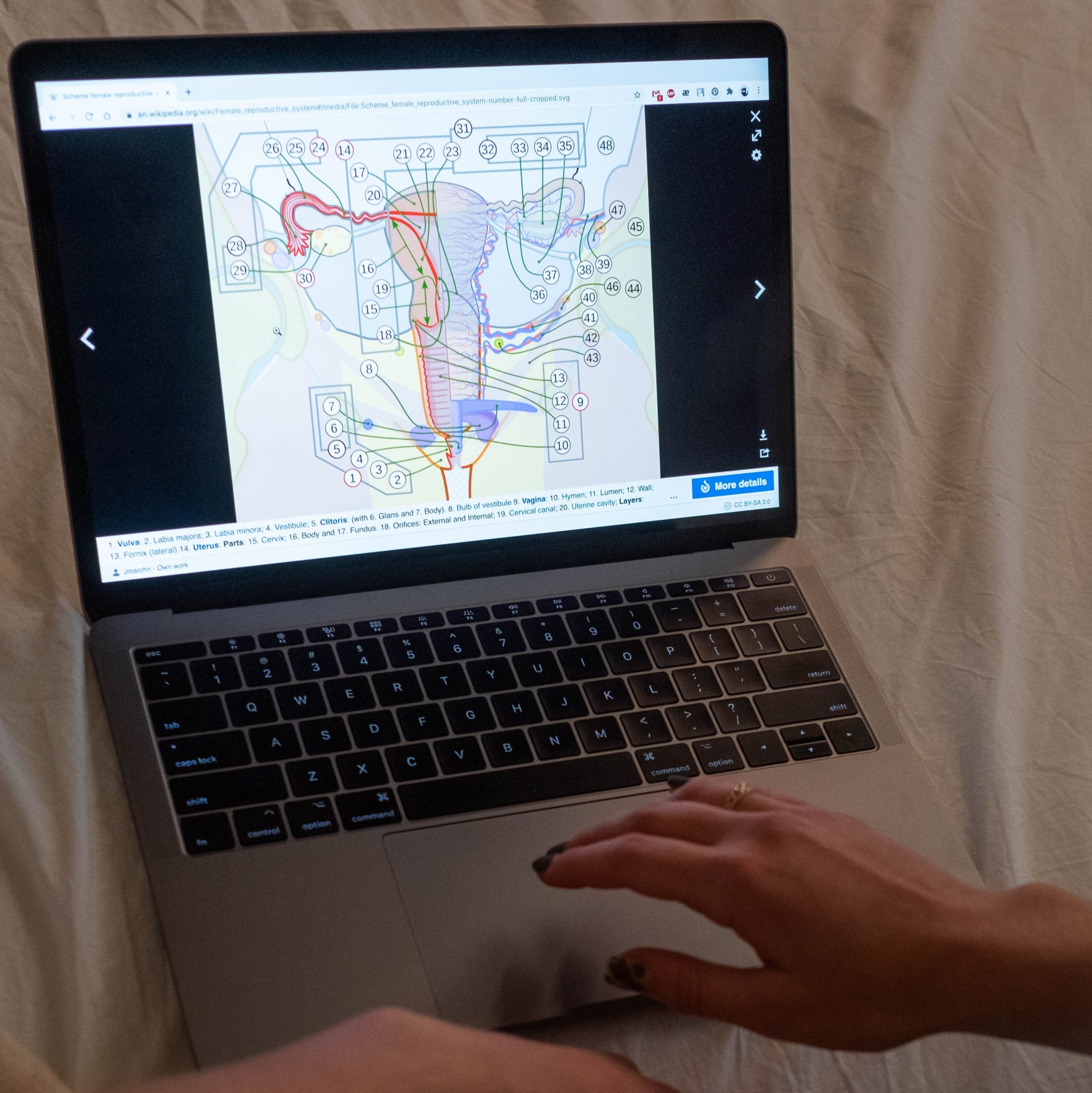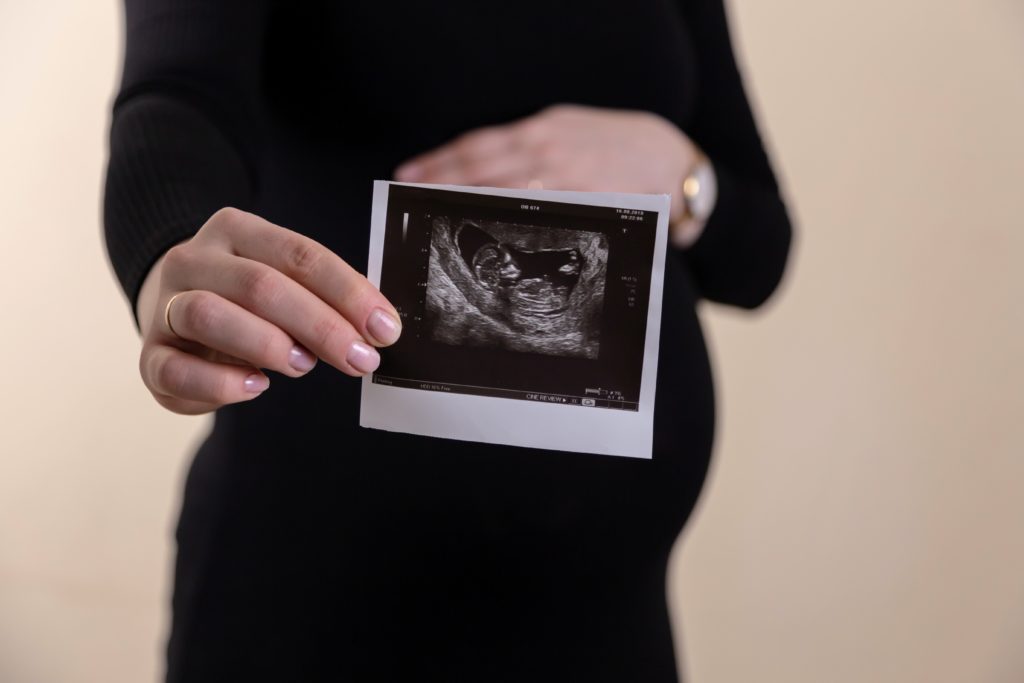The womb, or the uterus, is an organ that is right up there with the heart and the brain in terms of how important its job is. We all know the primary function of the womb — to create and house life but this organ is powerful in other ways to all kinds of people. We must appreciate the womb as much as we do our hearts. This single organ is important medically, spiritually, culturally, and it’s had to fight off a disgruntled society to achieve even less appreciation than it deserves.
I acknowledge that not everyone who has a womb identifies as a woman, so I will refer to said people in each section as the literature does (i.e. if the article calls them “women,” I will as well for consistency’s sake).
How is the Womb Culturally Important?
The womb serves essential functions, such as maintaining cleanliness, and fun optional functions, such as producing a child. While many of us appreciate what they do today, the past has not been so kind to this organ. In India, the taboos of the uterus center around menstruation, which “roots deep into the mythological narratives, body politics, and the nuances of marginalizing women.”
Many aspects of Indian society were against these women, and the fact that menstruation has also been closely tied to impurity does not help in any regard. In India, blood used to be a sign of power and strength, and for men it often still was: “the purity of blood as a symbol remained as men started engaging in the practice of shedding blood before hunting. The menstruation huts for women were replaced by men’s huts of sacrifice. And thus, the foundation of patriarchal religion was written.” Where the women of India used to find power in their bodies, the men replaced this power with stigma and conflict. This wasn’t just in India either; in western countries, the womb was run by men too.

Even as far back as Aristotle, the uterus was seen as inferior to the male body. Medical writers such as Aristotle “sought to understand human physiology and were much exercised to explain the peculiarities of the female body in relation to the male body, which they perceived as both normative and superior.” These writers wanted to know the female body in relation to the male, not on its own. By the eighteenth century, “physicians found new ways in their medical writings to mitigate the potential for sexual danger in their encounters — both real and textual — with the maternal body.” They did this in three main ways, which included:
- Describing women’s sexual organs in a way that was devoid of any sexual enjoyment
- Refusing to portray the female body in its entirety (only portraying the pelvis/uterus area)
- Deleting the agency of the mother when writing about the birthing process
But the womb is fighting back, begging to be heard and acknowledged for everything that it does. Why is this organ so important to so many people, though?
Medically and Scientifically: What Does the Womb Do?
The womb, or medically known as the uterus, is the pear-shaped organ found within the pelvis. This organ has two major parts, those being both the cervix and the corpus. The cervix is the lower part of the organ, and it connects it directly to the vagina; the corpus, or the body, is the larger, primary part of the uterus. The primary function of this organ is childbirth — the womb has a hand in nearly every step!

During ovulation, the uterus’s lining, or the endometrial tissue, builds itself up, ready to grab onto a fertilized egg. However, if there is no egg ready for burrowing, the unfertilized egg will go back through the uterus — triggering the blood vessels in the endometrium to atrophy and the lining to shed, as it is not needed anymore. This shedding, or menstruation, typically occurs every 28 days.
If the egg becomes fertilized, it will stick itself in that thick lining and grow to become an embryo, then fetus, then a whole baby! The womb even triggers the formation of the placenta, which “provides the developing fetus with vital nutrients and oxygen from the mother’s blood, while transferring carbon dioxide and metabolic waste products to the mother’s blood for disposal.”

And we’ve come to the essential medical function of the womb — childbirth! Right before birth, the uterus will begin to contract, triggered by particular hormones within the birther’s body. These contractions occur in the myometrium and will steadily become longer and more intense. At the same time, the soft tissue within the cervix will thin, or efface, and dilate from less than a centimeter to an entire ten! Once fully dilated, the contractions are the most intense, and the uterus pushes the fetus out through the vagina, into the hands of family and doctors.
Spiritual Celebrations of the Womb
While there are thousands upon thousands of religions and spiritualities across the world, one type in particular treats, celebrates, and cares for the womb like no other: ancestral and indigenous African religious practices. The base belief for these practices goes back to the god Ma’at, who is the neteru, or the deity of truth, balance, order, law, morality, and justice. This god commonly is represented as a single feather.
Monica Coleman invested herself in this spirituality after being diagnosed with fibroid tumors. She organized a Womb Circle with other women, where together they would eat raw and vegan foods, create altars, and discuss their experiences. The women also created Womb Journals, which Coleman claims “was the most challenging of all the rituals. The questions and meditations are based on the proposal that fibroids come from life’s tensions and womb traumas that we and/or our ancestors have experienced.” The Womb Circle acts as a “celebration of women’s culture, emotional flexibility, and strength.” This connection to the womb is “spiritual, physical, emotional, individual, communal, historical, and hopeful” for African American women.
The Wandering Womb in Ancient Folklore
In the time of Plato, it was commonly agreed that the womb would travel around the body, even leave it when it wanted to. The movement of the organ is what was said to cause hysteria and other negative symptoms. Although this historical idea of the womb is a negative one, the womb still holds power here. What other organ was once thought to be able to leave and return to the body at will? The womb had the power to terrify men with its wandering power, all based on a silly, folkloric idea.
The womb is a powerful organ in so many aspects. The power it holds enables it to create and produce life and to empower those who have them. It’s a tough organ, one that can overcome years and even centuries of misunderstanding and hatred from male doctors. The cultural and physical resilience of the womb is something to continuously celebrate.
Sources
Adair, Mark J. “Plato’s View of the ‘Wandering Uterus.’” The Classical Journal, vol. 91, no. 2, 1995, pp. 153–63. JSTOR, http://www.jstor.org/stable/3298478. Accessed 23 Oct. 2022.
Basu, Argha and Tripathi, Priyanka (2022) “Comprehending the Bleeding Body: Epistemological Violence and (Un)Tabooing Menstruation in Selective Media Texts in India,” Journal of International Women’s Studies: Vol. 24: Iss. 6, Article 18. Available at: https://vc.bridgew.edu/jiws/vol24/iss6/18.
DOYLE, NORA. Maternal Bodies: Redefining Motherhood in Early America. University of North Carolina Press, 2018. JSTOR, http://www.jstor.org/stable/10.5149/9781469637211_doyle. Accessed 19 Oct. 2022.
“Everything to Know About Female Reproductive Organs.” Healthline, https://www.healthline.com/health/womens-health/female-reproductive-organs. Accessed 23 October 2022.
Taylor, Tim. “Uterus.” Innerbody, https://www.innerbody.com/image_repfov/repo11-new.html. Accessed 23 October 2022.
Monica A. Coleman. “The Womb Circle: A Womanist Practice of Multi-Religious Belonging.” Practical Matters Journal (March 1, 2011). http://practicalmattersjournal.org/?p=543.
“Womb Wisdom & Balancing Feminine Energy” Sacred Liberation, https://www.sacredliberation.com/blog/womb-wisdom-amp-balancing-feminine-energy. Accessed 23 October 2022.
